Home>Garden Essentials>How Long Do Bell Peppers Take To Germinate
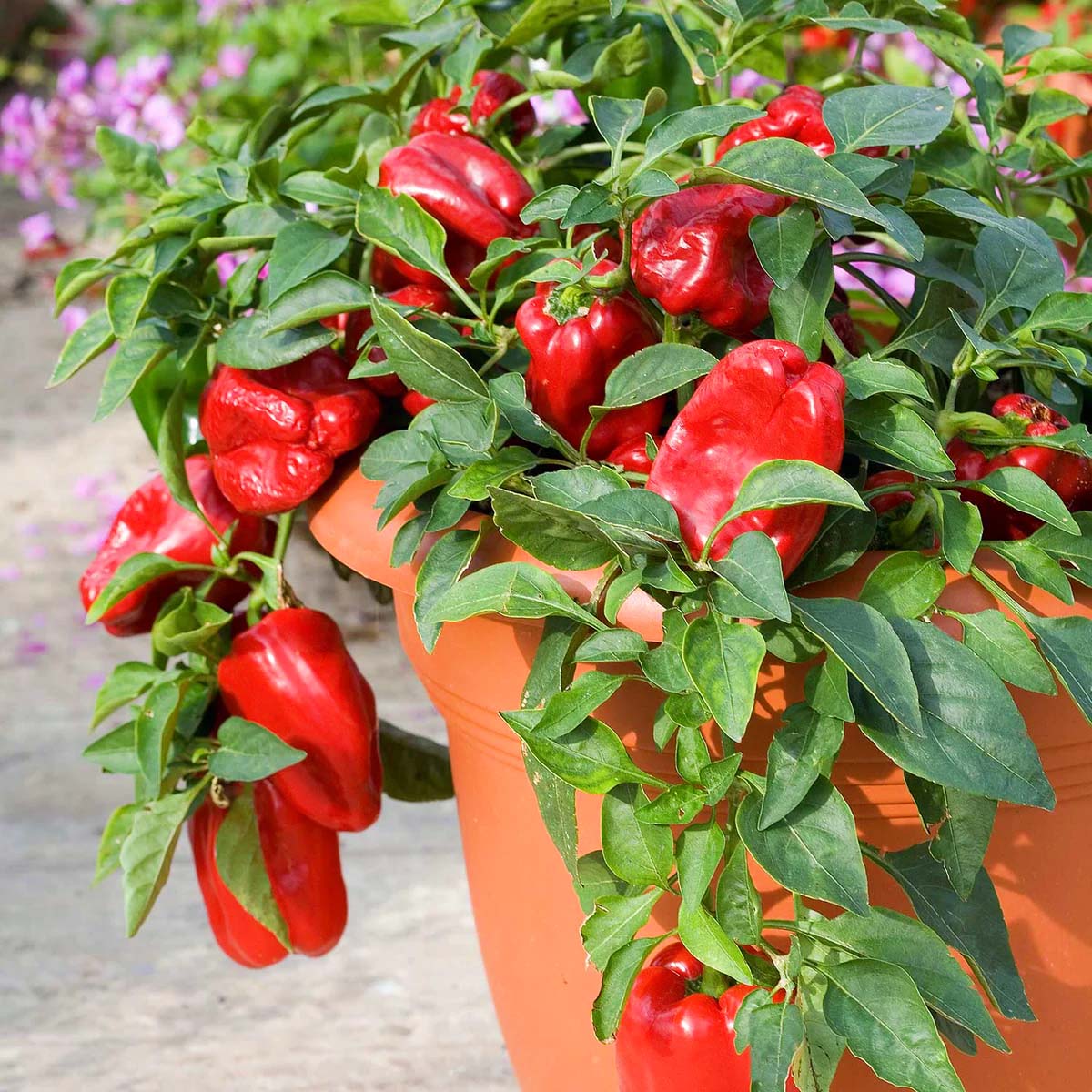

Garden Essentials
How Long Do Bell Peppers Take To Germinate
Modified: October 19, 2024
Learn how long it takes for bell peppers to germinate in your garden. Discover helpful tips and tricks for successful pepper seed starting.
(Many of the links in this article redirect to a specific reviewed product. Your purchase of these products through affiliate links helps to generate commission for Storables.com, at no extra cost. Learn more)
Introduction
Welcome to the fascinating world of bell pepper germination! If you have a green thumb and a love for gardening, you may find joy in growing your own vegetables. Bell peppers are not only delicious and versatile in the kitchen, but they can also be a rewarding addition to your garden. Understanding the germination process is key to successfully growing bell peppers.
Germination is the magical journey of a seed transforming into a small plant. It is a crucial stage in the plant’s life cycle and sets the foundation for healthy growth. Bell peppers, also known as capsicums or sweet peppers, require specific conditions to germinate effectively. Factors such as temperature, moisture, and soil quality can impact the germination time and success rate. By understanding these factors and providing the ideal conditions, you can maximize your chances of successful bell pepper germination.
In this article, we will explore the various factors that affect bell pepper germination time, the ideal conditions for germination, and provide a step-by-step guide to help you through the process. We will also discuss common problems that can arise during germination and offer troubleshooting tips. Lastly, we will share some useful strategies for speeding up bell pepper germination. So, let’s dive in and unravel the secrets of growing bell peppers from seed!
Key Takeaways:
- Bell peppers germinate best in warm temperatures, moist soil, and ample light. Providing optimal conditions and quality seeds can lead to successful germination in 7-14 days.
- To speed up bell pepper germination, consider pre-soaking seeds, providing bottom heat, and using a germination dome. Balancing speed and optimal conditions is key for healthy seedling growth.
Factors Affecting Bell Pepper Germination Time
Several factors influence the germination time of bell peppers. Understanding these factors will help you create the ideal conditions for successful germination. Let’s explore them below:
- Temperature: Bell peppers are warm-season plants that thrive in temperatures between 70°F and 90°F (21°C and 32°C). Higher temperatures generally promote quicker germination, while lower temperatures can significantly delay the process. Consistently warm soil and air temperatures are essential for prompt bell pepper germination.
- Moisture: Adequate moisture is crucial for bell pepper germination. The seeds require consistent moisture to soften the outer seed coat and initiate the germination process. However, it is crucial to strike the right balance as excessive moisture can lead to rot or fungal diseases. Ensure that the soil is moist but not waterlogged during germination.
- Light: Bell pepper seeds do not require light to germinate, making them suitable for starting indoors. However, once the seedlings emerge, they need access to sufficient light to develop strong and healthy stems. Placing them near a sunny window or using grow lights can promote optimal growth.
- Soil Quality: Well-draining, fertile soil is essential for bell pepper germination. The soil should be rich in organic matter and nutrients. Loose, crumbly soil allows the roots to penetrate easily and prevents water from stagnating around the roots. Prioritize soil preparation by amending it with compost or well-rotted manure before sowing the seeds.
- Seed Quality: Using high-quality seeds can greatly impact germination time. Purchase fresh, disease-free bell pepper seeds from a reliable source to ensure the highest germination rates. Older or low-quality seeds may have a lower germination rate and may take longer to sprout.
- Seed Treatment: Some gardeners opt for seed treatment methods to improve germination rates. Soaking the seeds in warm water for a few hours before planting can help soften the seed coat and accelerate germination. Another common seed treatment method is scarification, which involves gently nicking or sanding the seed coat to help water penetrate more easily.
By considering these factors and adjusting the conditions accordingly, you can optimize the germination process and ensure successful bell pepper germination. Now, let’s move on to understanding the ideal conditions for germinating bell peppers.
Ideal Conditions for Bell Pepper Germination
Creating the right environment for bell pepper germination is crucial to ensure successful seedling development. Let’s take a closer look at the ideal conditions for germinating bell peppers:
- Temperature: Bell peppers prefer warm temperatures for germination. Aim for a soil temperature between 75°F and 85°F (24°C and 29°C) for optimal results. You can use a soil thermometer to monitor the temperature and make adjustments as needed. Providing gentle bottom heat, such as using a seedling heat mat, can help maintain the desired temperature.
- Moisture: Bell pepper seeds need consistent moisture to germinate. Before sowing the seeds, prepare the soil by thoroughly watering it. Maintain moisture by lightly misting the soil surface or using a spray bottle to prevent disturbing the seeds. Avoid overwatering, as excessive moisture can lead to fungal issues and rot.
- Light: While bell pepper seeds do not require light to germinate, they need access to sufficient light once they emerge. Place your seed trays or containers in a bright location, such as near a sunny window or under grow lights. Providing 12-14 hours of light per day will promote healthy seedling growth.
- Air Circulation: Good air circulation helps prevent the build-up of excess moisture and reduces the risk of fungal diseases. Place a small fan nearby or open a nearby window to ensure adequate air movement around the seedlings.
- Seed Depth: Plant bell pepper seeds at a depth of about 1/4 to 1/2 inch (6-12 mm) in the soil. Cover the seeds lightly with fine soil and gently press it down. This depth provides the right balance of moisture retention and oxygen exchange for the seeds.
- Germination Time: Bell pepper seeds typically take around 7 to 14 days to germinate under ideal conditions. However, it’s important to note that germination time can vary depending on the specific variety, seed quality, and environmental factors.
By providing these ideal conditions, you can enhance the germination process and give your bell pepper seeds the best chance of sprouting successfully. Now that we know the optimal conditions, let’s dive into a step-by-step guide on how to germinate bell peppers.
Step-by-Step Guide to Germinating Bell Peppers
Follow these simple steps to successfully germinate your bell pepper seeds:
- Choose your seeds: Select high-quality bell pepper seeds from a reputable supplier. Look for fresh seeds with a high germination rate to maximize your chances of success.
- Pre-soak the seeds (optional): If you want to speed up the germination process, you can pre-soak the seeds in warm water for a few hours. This helps to soften the seed coat and promote faster germination.
- Prepare the planting containers: Fill seed trays or pots with a well-draining seed-starting mix. Make sure the containers have drainage holes to prevent waterlogging.
- Sow the seeds: Make small indentations in the soil with your finger or a pencil. Place one or two bell pepper seeds in each indentation and cover them lightly with a thin layer of soil. Gently pat down the soil to ensure good seed-to-soil contact.
- Water the soil: Use a misting spray bottle or a gentle watering can to moisten the soil. Avoid overwatering, as it can lead to rot. Aim to keep the soil consistently moist but not soaked.
- Provide warmth: Place the seed trays or pots in a warm location with temperatures between 75°F and 85°F (24°C and 29°C). You can use a seedling heat mat to maintain the desired temperature if necessary.
- Ensure proper lighting: While bell pepper seeds do not require light for germination, they need ample light once they sprout. Place the containers in a bright location or provide artificial grow lights for 12-14 hours a day.
- Maintain moisture: Regularly check the moisture level of the soil and mist or water as needed to keep it consistently moist. Avoid overwatering, as it can lead to fungal issues.
- Monitor and wait: Be patient and monitor the progress of your seeds. It typically takes 7 to 14 days for bell pepper seeds to germinate. Keep an eye out for the first signs of seedlings emerging from the soil.
- Transplanting: Once the seedlings have developed a few true leaves and are strong enough to handle, they can be transplanted into larger pots or in the garden. Wait until the danger of frost has passed before transplanting them outdoors.
Following these steps will help ensure successful bell pepper germination and set you on the path to a bountiful pepper harvest. However, it’s important to be aware of common problems that may arise during germination. Let’s discuss those next.
Bell peppers typically take 7-14 days to germinate. To speed up the process, you can soak the seeds in warm water for a few hours before planting. Keep the soil consistently moist and warm for best results.
Common Problems and Troubleshooting
While germinating bell peppers can be a relatively straightforward process, there are some common problems that you may encounter. Here are a few issues you might face and some troubleshooting tips:
- Poor germination: If you notice low germination rates, it could be due to older or low-quality seeds. Make sure to use fresh, high-quality seeds from a reputable source. Additionally, ensure that the temperature and moisture levels are within the correct range for germination.
- Fungal diseases: Overly wet conditions can lead to fungal diseases such as damping-off, which can cause seedling death. To prevent this, avoid overwatering and provide good air circulation around the seedlings. Remove any infected seedlings promptly to prevent the spread of disease.
- Leggy seedlings: Seedlings that appear tall, thin, and weak are known as “leggy” seedlings. This is often a result of inadequate light levels. Make sure your seedlings are receiving sufficient light, either by placing them near a sunny window or using grow lights.
- Lack of germination: If you notice that none of your bell pepper seeds are germinating, it may be due to environmental factors. Ensure that the temperature and moisture levels are well-maintained, and consider adjusting these conditions if necessary.
- Pests: Occasionally, pests like aphids or mites may attack young seedlings. Keep a close eye on your plants and take appropriate measures, such as applying organic insecticidal soap, to control these pests if necessary.
By being attentive and taking prompt action to address these common problems, you can increase your chances of successful bell pepper germination. Now, let’s explore some tips for speeding up the germination process.
Read more: How Long Do Coneflowers Take To Germinate
Tips for Speeding up Bell Pepper Germination
If you’re eager to see your bell pepper seeds sprout quickly, here are some tips to help speed up the germination process:
- Pre-soak the seeds: Soaking the bell pepper seeds in warm water for a few hours before planting can help soften the seed coat and facilitate faster germination.
- Provide bottom heat: Warm soil temperatures are essential for prompt germination. Using a seedling heat mat or placing your seed trays on a warm surface can help maintain the necessary warmth and stimulate faster seed germination.
- Use a germination dome: A clear plastic dome or plastic wrap placed over the seed trays can create a mini greenhouse effect, retaining moisture and warmth. This can accelerate the germination process by creating an optimal microclimate for the seeds.
- Optimize moisture levels: Keeping the soil consistently moist, but not overly wet, can promote faster germination. Regularly check the moisture level and mist the soil surface or use a spray bottle to maintain the desired moisture level.
- Provide ample light: While bell pepper seeds do not require light to germinate, they need strong light once they emerge. Ensure that your seedlings receive 12-14 hours of bright light daily to promote faster growth and reduce the risk of leggy seedlings.
- Consider scarification: If you’re comfortable with a slightly more advanced technique, consider scarifying the seeds. Gently nicking or sanding the seed coat can help water penetrate more easily, leading to faster germination.
When using these tips, it’s important to balance the need for speed with providing optimal conditions for healthy seedling growth. Keep a close eye on your germinating bell pepper seeds and make adjustments as needed to ensure their well-being.
With the right conditions and a little patience, you’ll soon be rewarded with sprouting bell pepper seeds and the joy of watching them grow into flourishing plants. Now that you have a good understanding of bell pepper germination, you’re well-equipped to start your own bell pepper garden from seed. Happy gardening!
Conclusion
Germinating bell peppers from seed is an exciting and rewarding experience for any gardener. By understanding the factors that influence bell pepper germination time and creating the ideal conditions, you can greatly increase your chances of success. Temperature, moisture, light, soil quality, and seed quality all play crucial roles in the germination process.
Following a step-by-step guide, such as the one outlined in this article, will help you navigate the germination process with confidence. Preparing the planting containers, sowing the seeds at the right depth, providing proper lighting and warmth, and maintaining consistent moisture levels are essential steps in nurturing your bell pepper seeds to sprout.
However, it’s important to be aware of common problems that may arise during germination, such as poor germination rates, fungal diseases, leggy seedlings, and pests. By troubleshooting these issues promptly and taking preventive measures, you can overcome these challenges and ensure healthier seedlings.
For those gardeners seeking faster germination, employing methods like pre-soaking the seeds, providing bottom heat, using germination domes, optimizing moisture levels, and scarification can speed up the process. Remember to strike a balance between speed and providing optimal conditions for healthy seedling growth.
With the right knowledge and care, you’ll soon witness your bell pepper seeds transform into vibrant seedlings and eventually mature into productive plants. Whether you’re planning to grow bell peppers for culinary delights, to beautify your garden, or both, the journey of germinating bell peppers will surely be a rewarding one.
So, grab your seeds, prepare your planting containers, and embark on your bell pepper germination adventure. Enjoy the process and take pride in nurturing your seeds to life. Happy germinating and happy gardening!
Frequently Asked Questions about How Long Do Bell Peppers Take To Germinate
Was this page helpful?
At Storables.com, we guarantee accurate and reliable information. Our content, validated by Expert Board Contributors, is crafted following stringent Editorial Policies. We're committed to providing you with well-researched, expert-backed insights for all your informational needs.
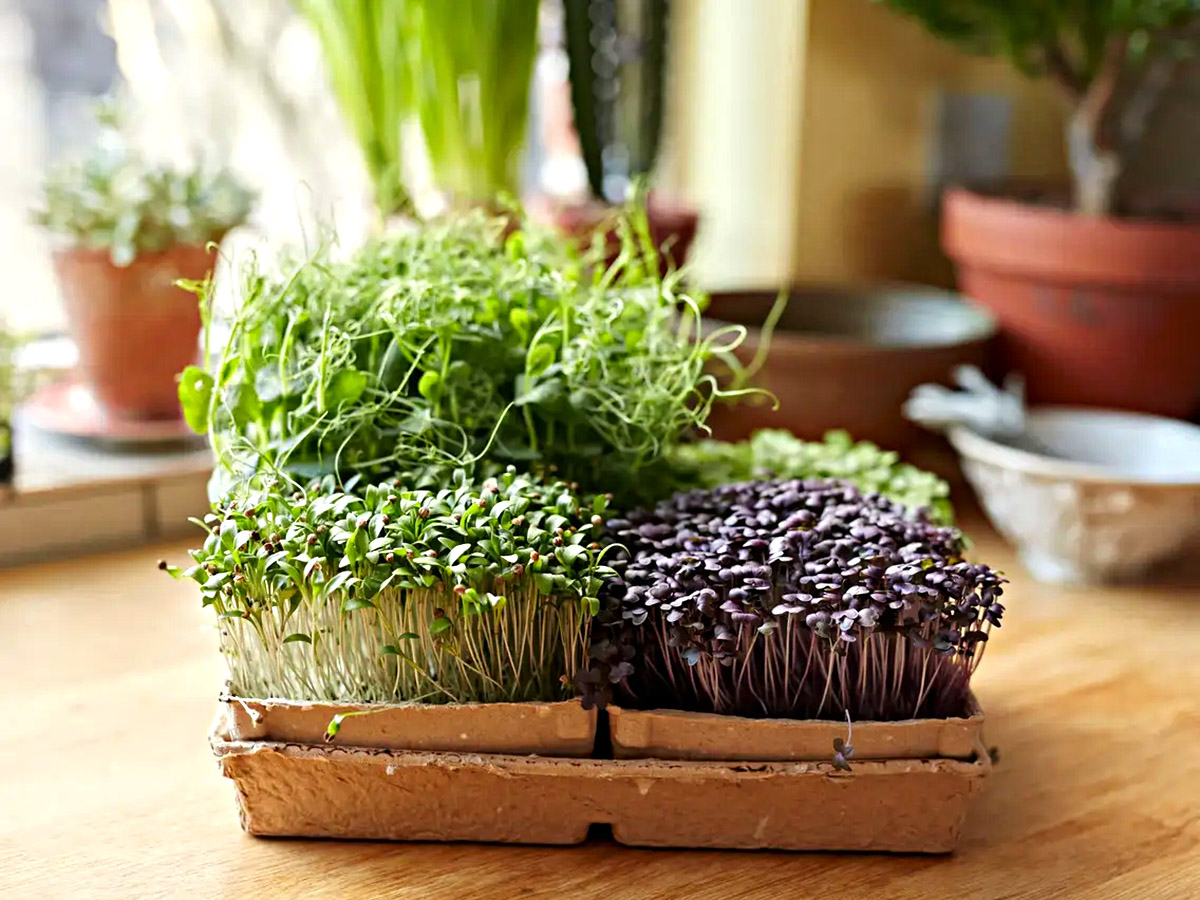
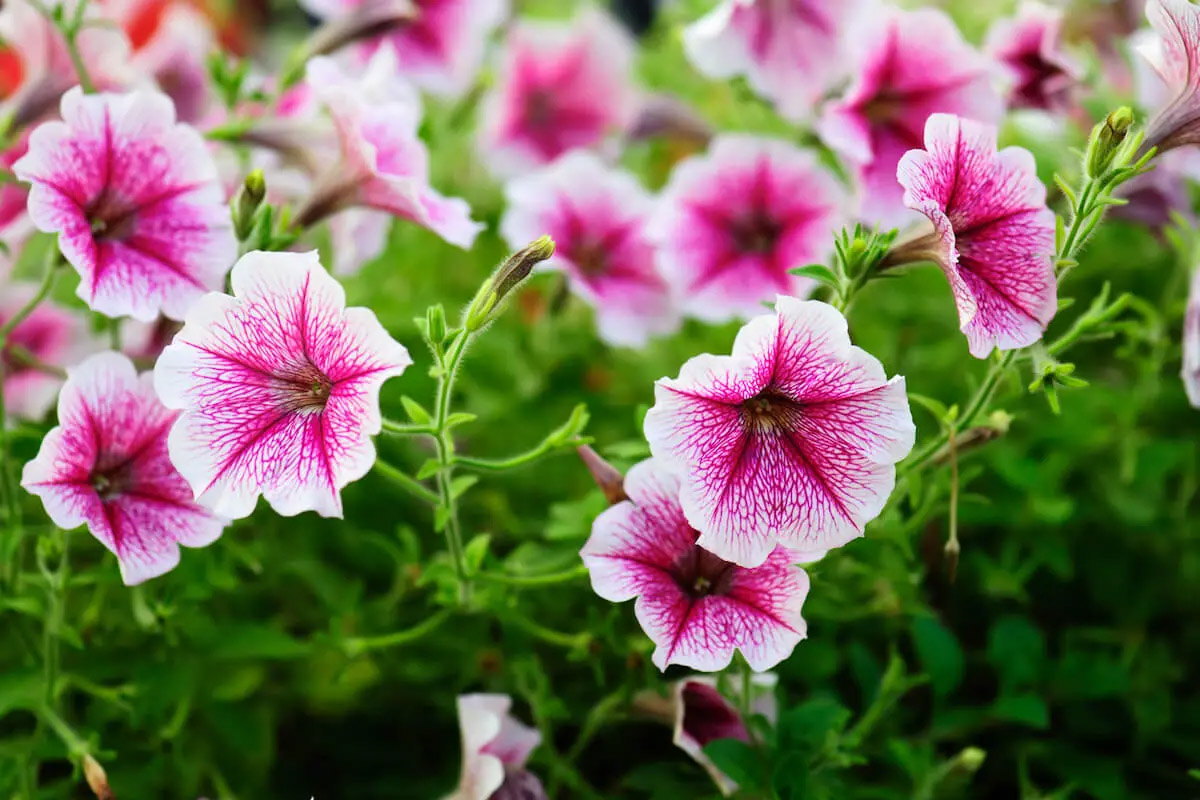
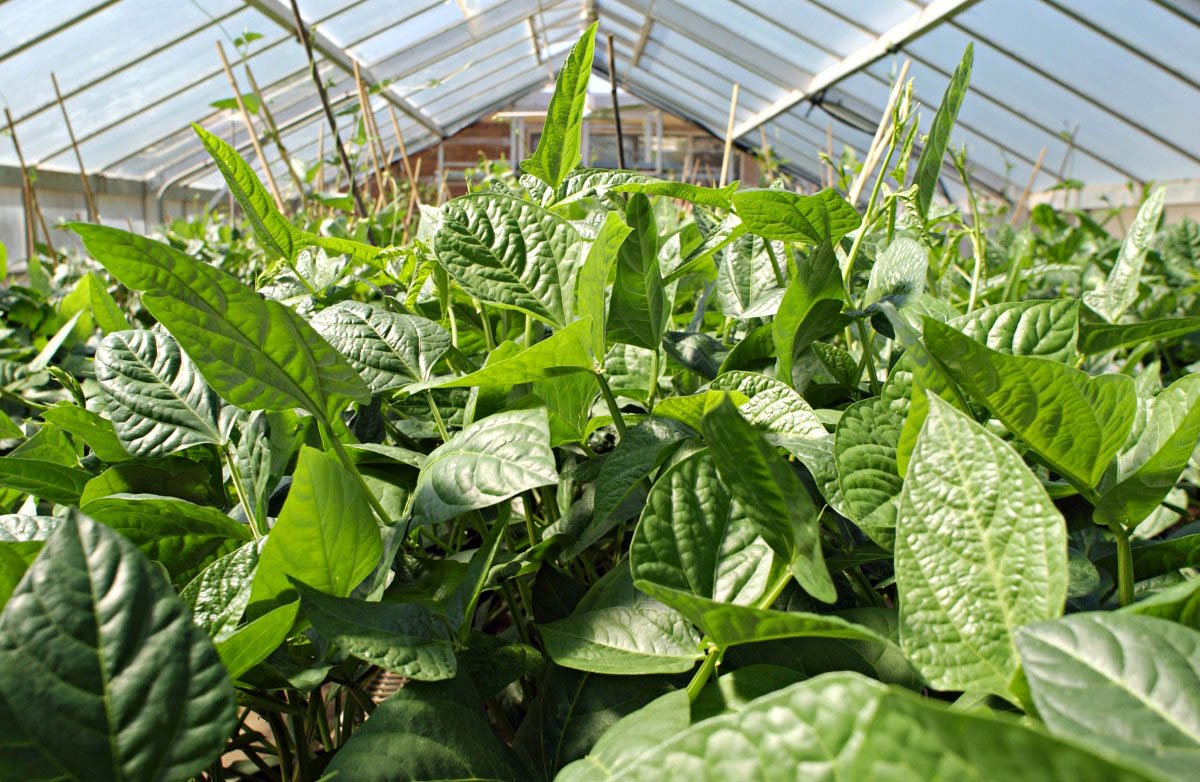

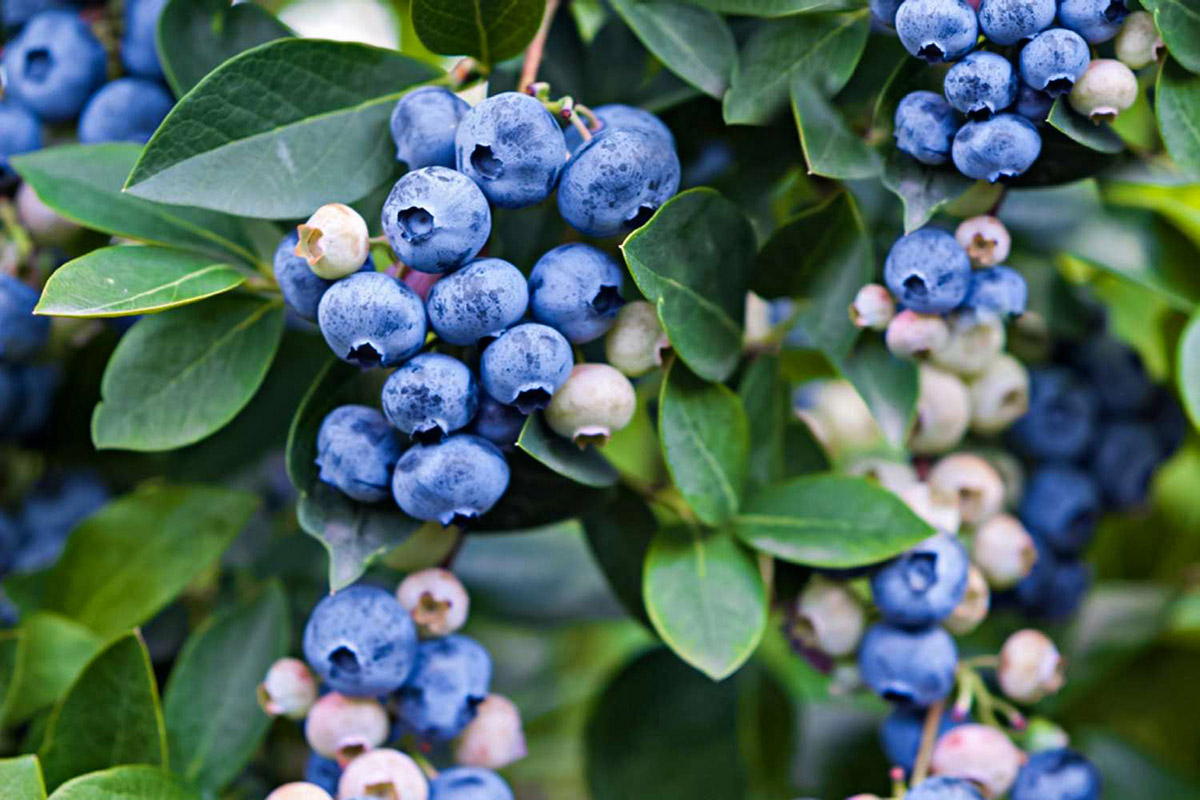
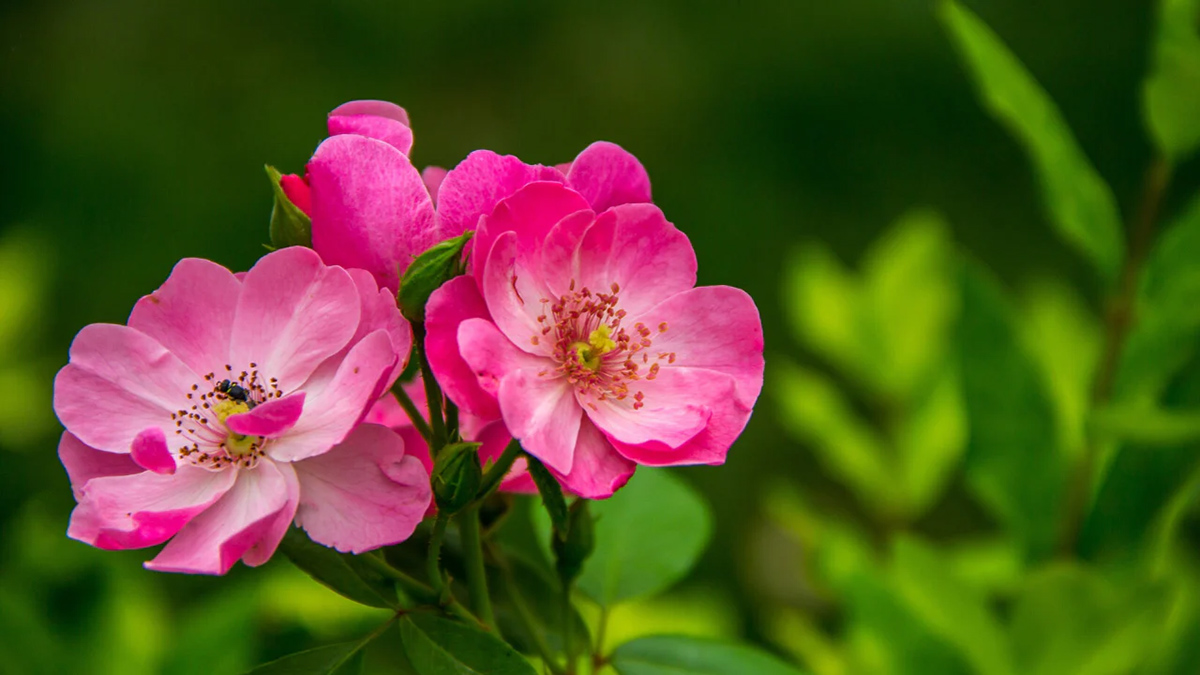
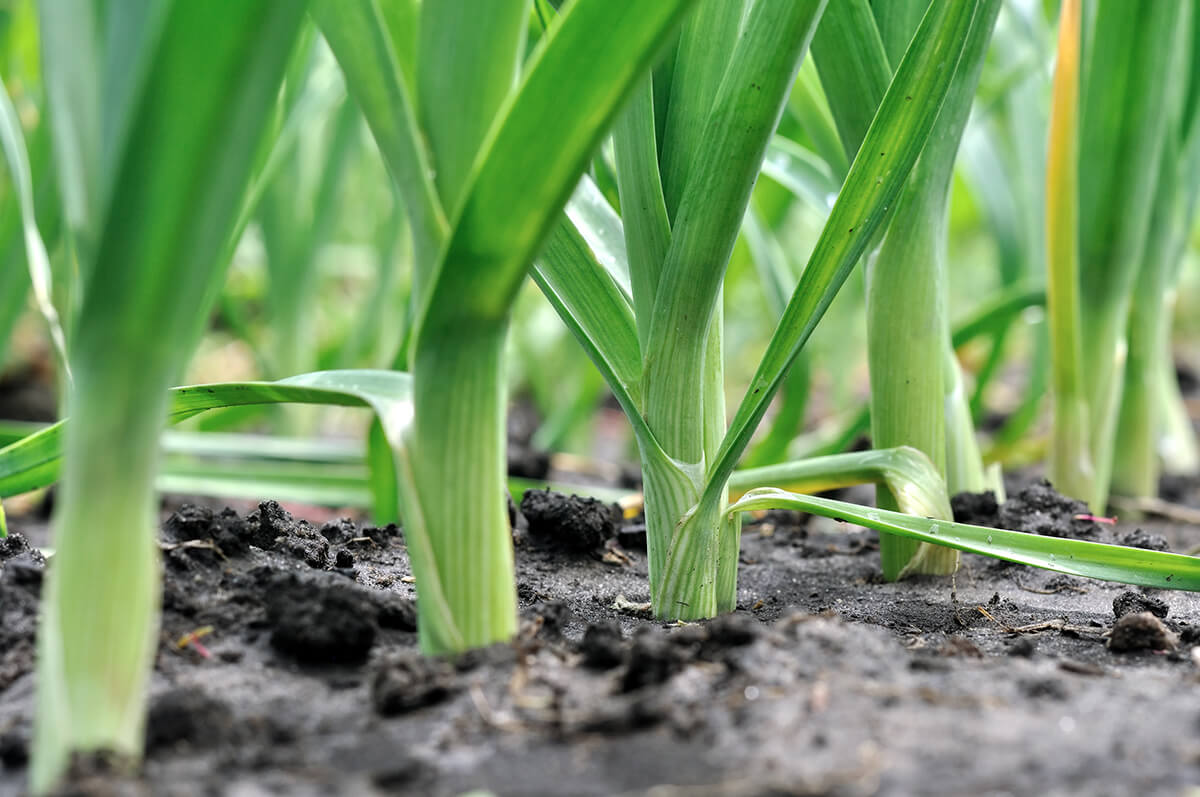
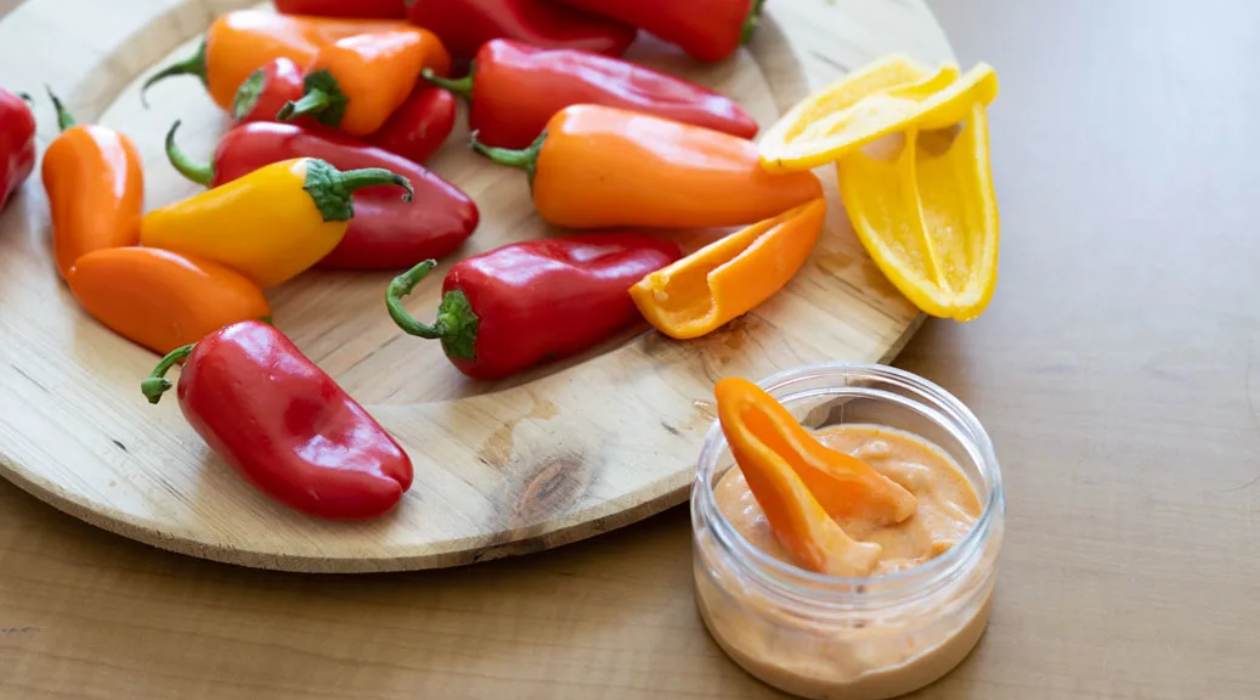
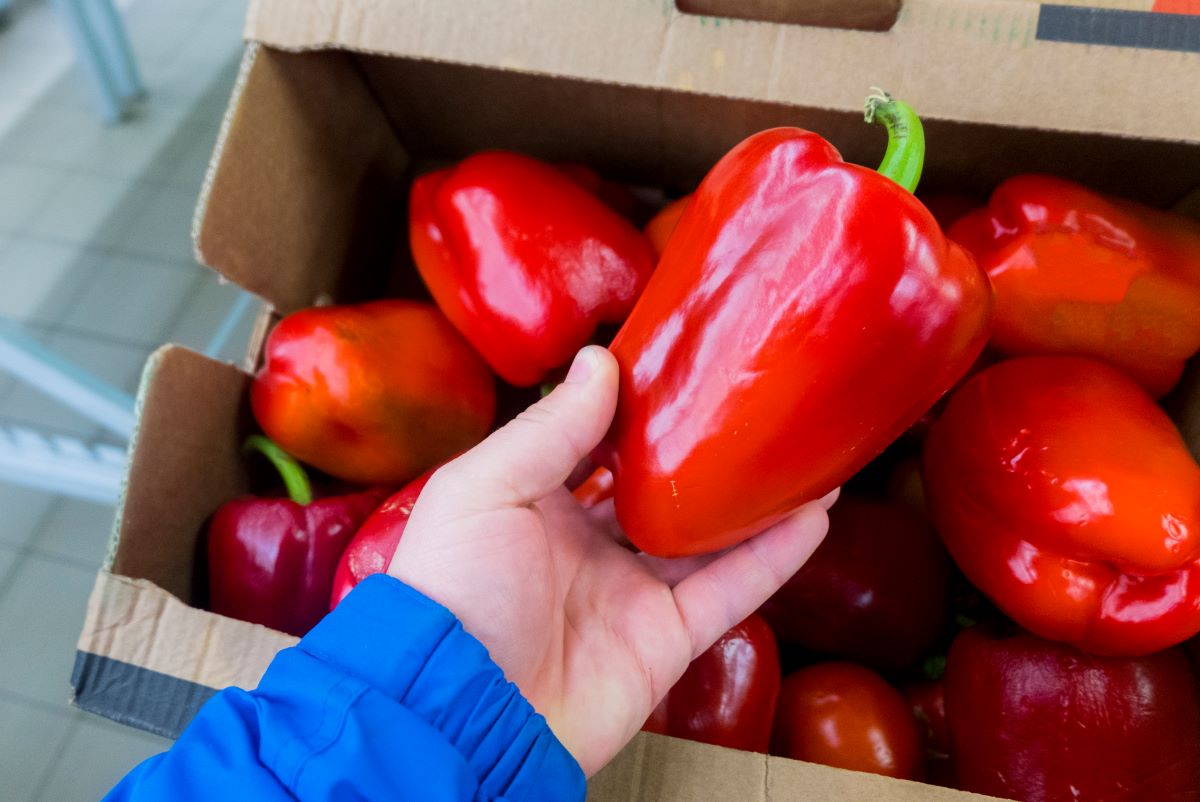
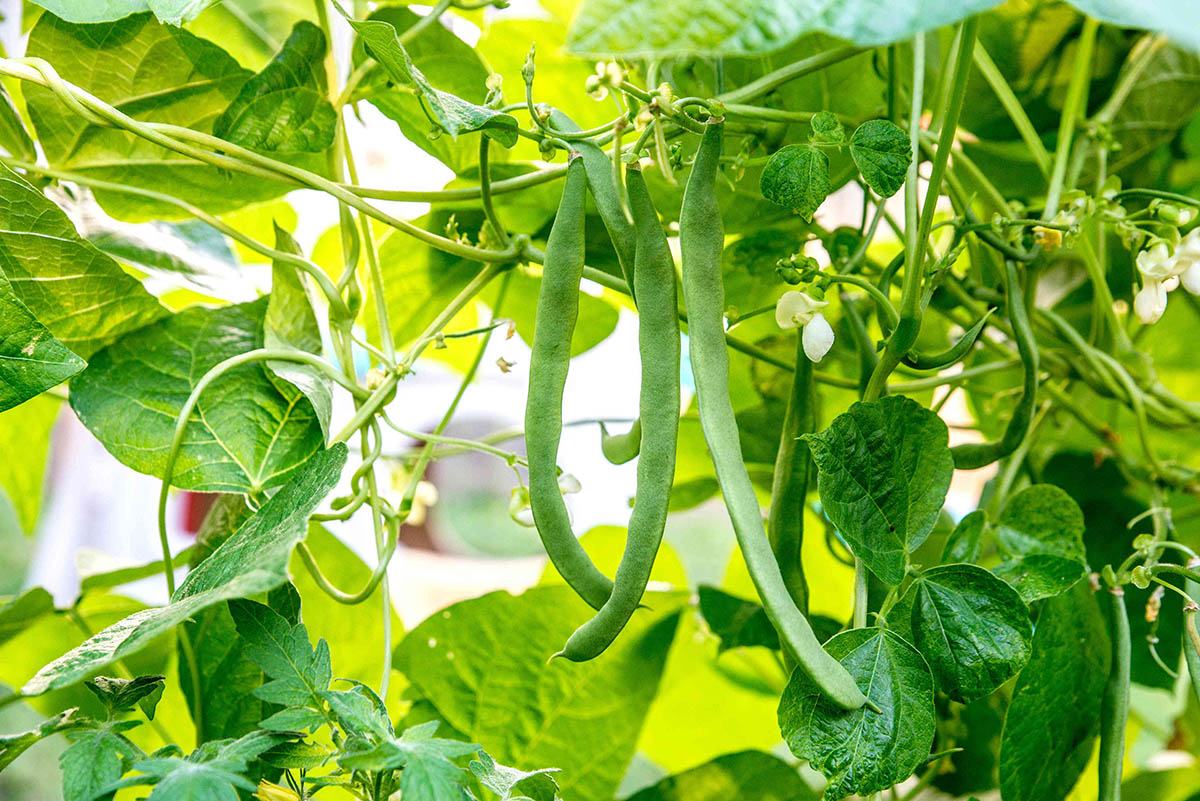
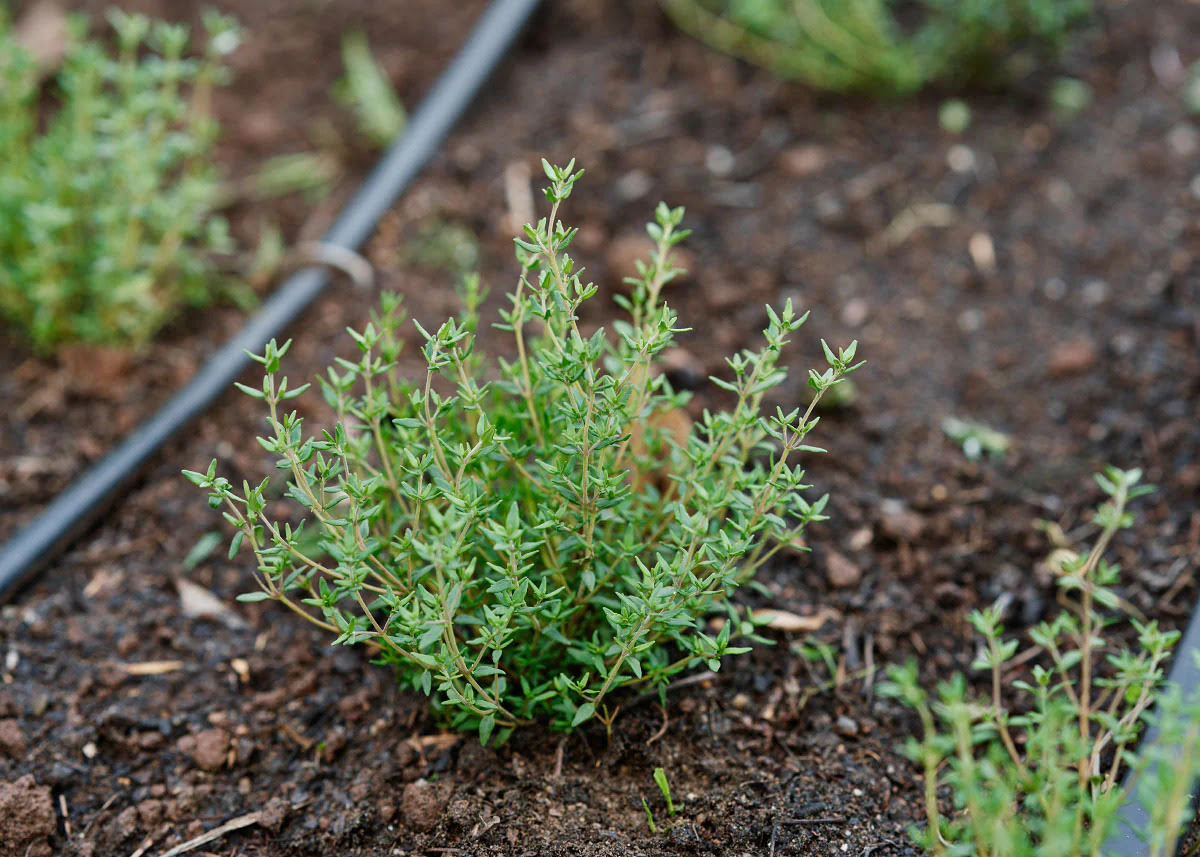
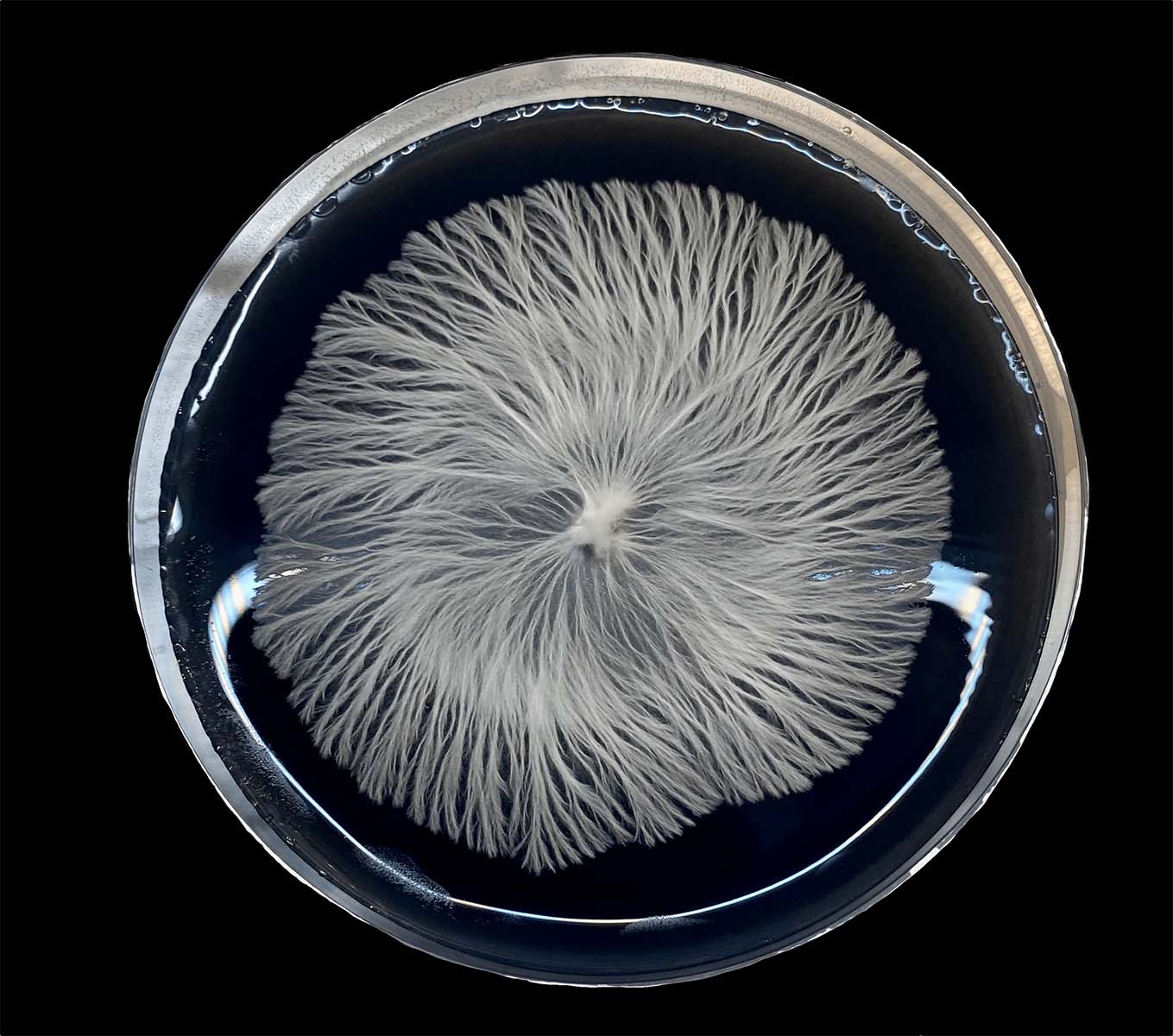
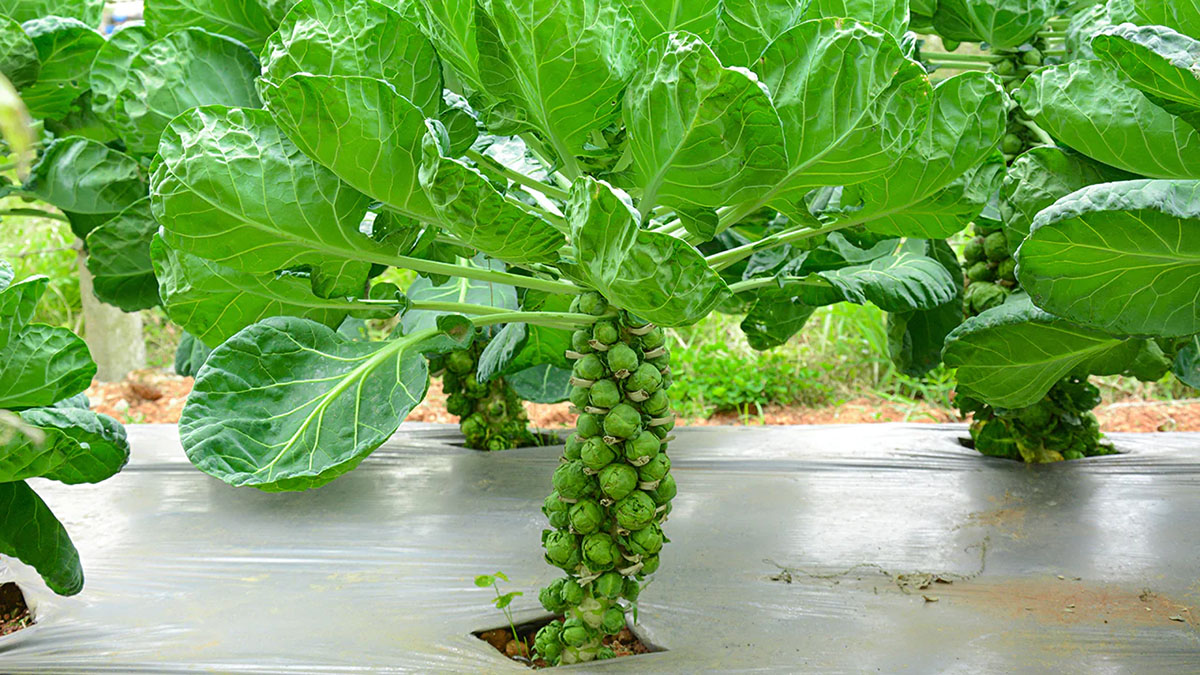
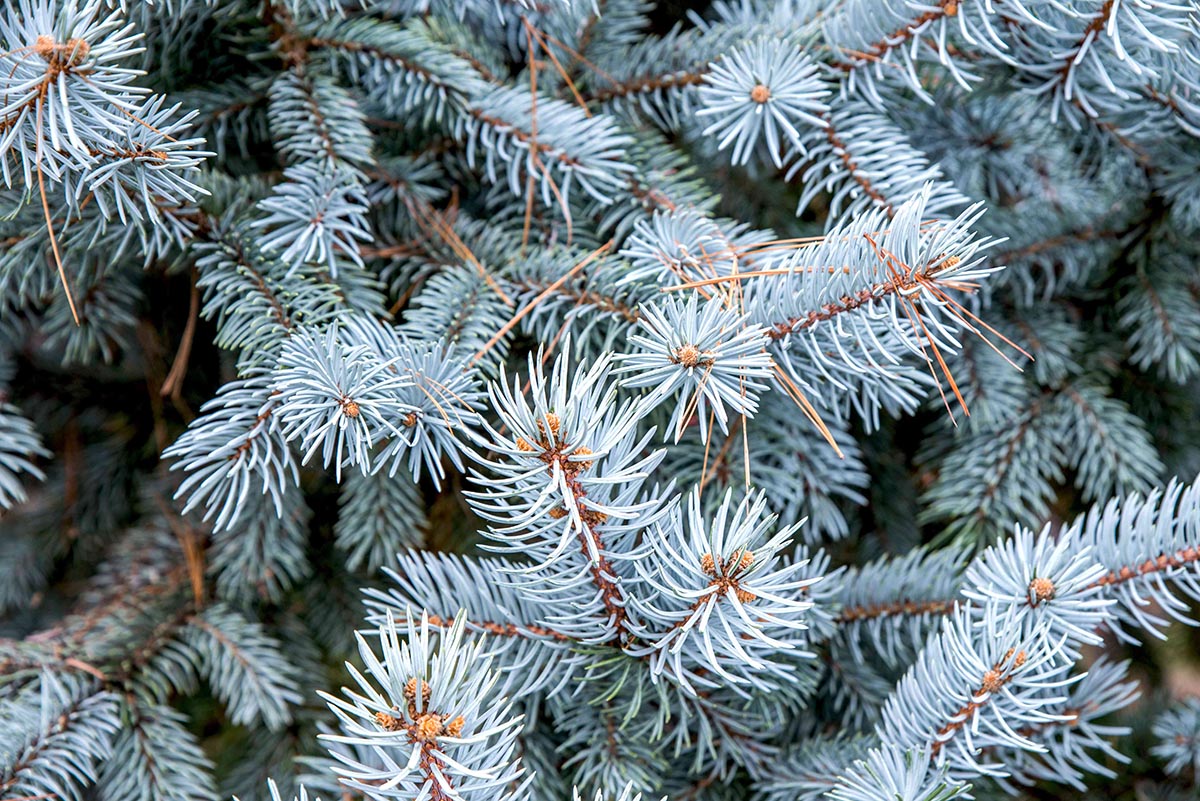

0 thoughts on “How Long Do Bell Peppers Take To Germinate”